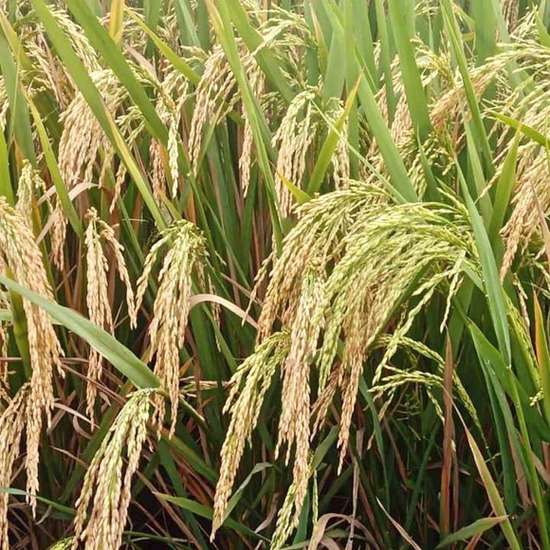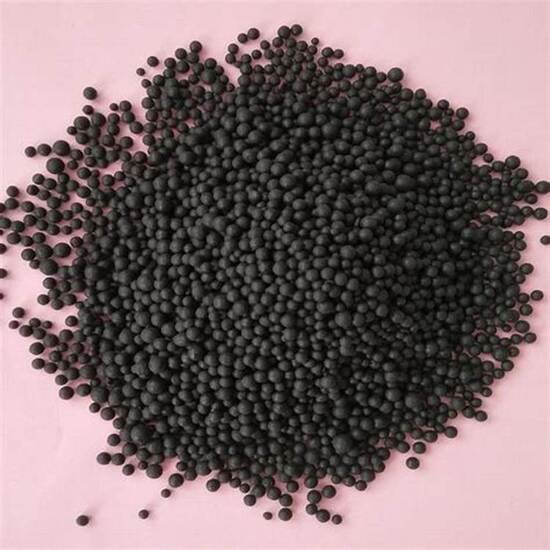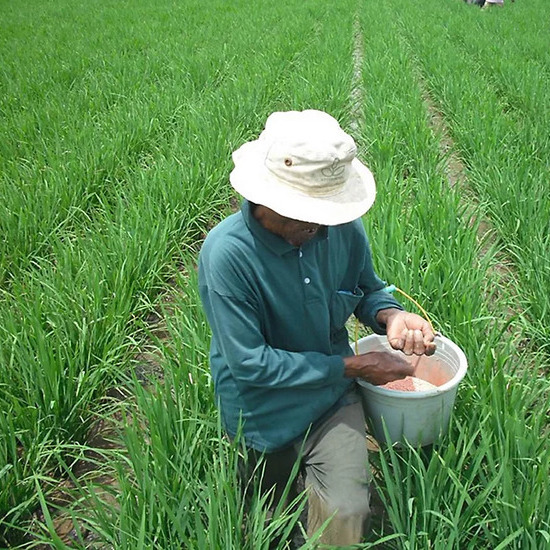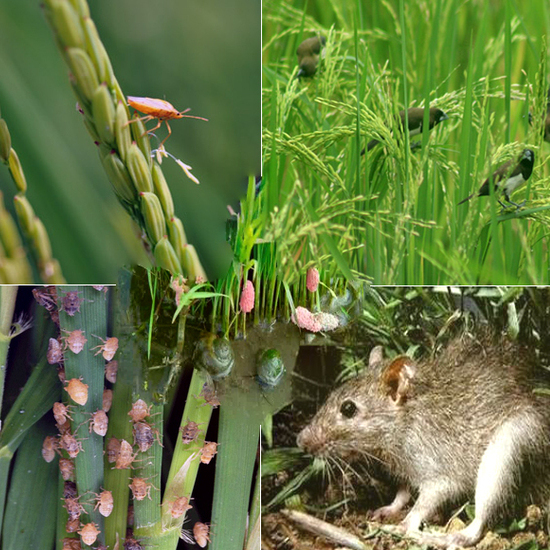Utilization of Rice Milling Waste: Bran as an Alternative Food Source
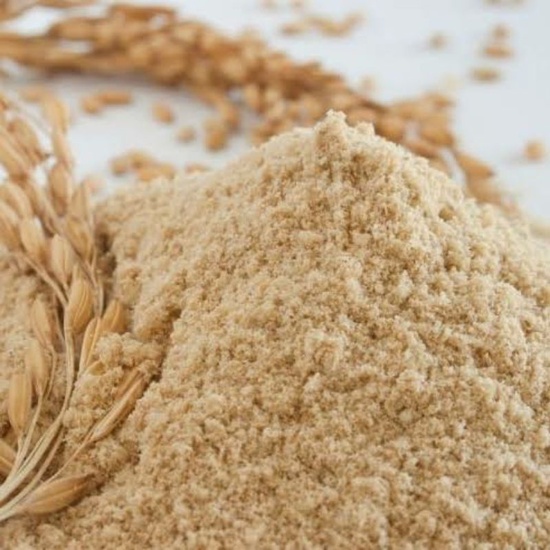
Utilization of rice milling waste is one of the innovative steps in supporting food security and food diversification. Bran, a by-product of rice milling, is often underestimated even though it has high nutritional value and can be an alternative food source. PT Matari Agro Indonesia, through its agricultural consulting and training services, is committed to educating the public about the benefits and how to process bran so that it can be utilized optimally. This article will discuss in depth about rice bran, starting from its introduction, benefits, to how to process it.
Soil fertility is a major factor in agricultural success that needs to be taken seriously. The use of environmentally friendly organic fertilizers is the main choice in maintaining environmental sustainability and improving the quality of agricultural products. PT Matari Agro Indonesia offers science-based solutions to improve sustainable agricultural practices in Indonesia.
With the agricultural consulting and training services provided by PT Matari Agro Indonesia, farmers and hobbyists throughout the country can gain the knowledge and skills needed to cultivate the land and utilize natural resources efficiently. Rice bran, as one of the rice milling wastes that can be used as a food source, is a real example of how agricultural waste can be processed into high-value products. This article will discuss the great potential of rice bran and how to process it so that it can be used as a sustainable alternative food source.
What is Rice Bran?
Rice bran is a by-product of rice milling. After the rice is separated from the husk or outer skin of the rice, the milling process is carried out. The milling process is carried out twice; the first milling produces bran that has a coarse fiber texture, while the second milling produces bran that has a finer texture.
So far, many people have wrongly assumed that bran and rice bran are the same. In fact, both have significant differences in terms of texture and nutritional content. Bran is the inner layer of rice grains which also includes a small portion of starchy endosperm, while rice bran is the outer layer of rice grains with a number of seed germs. Rice bran is used as a functional food, while rice bran is more often used as animal feed.
Benefits of Rice Bran
Bran, although it looks dull brown, contains various health benefits. This alternative food source is rich in antioxidants (tocotrienols and gamma-oryzanol), multivitamins, and high in fiber. Some of the main benefits of rice bran include:
-
Natural healthy food source: Contains antioxidants that can help prevent degenerative diseases.
- Multivitamins and high fiber: Bran is rich in vitamin B complex (B1, B2, B3, B5, B6, and B15) which are important for health.
- Dietary fiber: High fiber content helps in digestion and maintains intestinal health.
- Reduces cholesterol: The tocotrienol content in bran can inhibit cholesterol-storing enzymes in the body.
- Healthy heart: The content of vitamins B and B15 is beneficial for heart health.
- Anti-asthma: Vitamin B15 in bran can form anti-asthma substances.
- Slows down the aging process: Bran helps in regulating the body’s rhythmic conditions and slows down aging.
How to Get Bran
Bran can be used as a food ingredient 24 hours after milling. However, because bran is easily damaged due to its high oil content, a stabilization process is needed to preserve it. Here are some methods to process bran to make it last longer and remain nutritious:
- Roasting: Sifted bran is heated in a frying pan without oil for 10 minutes until fragrant. This process inhibits damage without eliminating its nutritional content.
- Extrusion or HTST (High Temperature Short Time): Fresh bran is hydrated with water, its pH is adjusted, then protease enzymes are added. This process produces nutrients and antioxidant compounds by heating the bran at high temperatures.
- Steaming: The bran is steamed for 30 minutes, then dried and cooled before being stored or used.
Use of Bran in Processed Food Products
Processed bran can be used as a basic ingredient for various high-value food products such as cookies, bran bread, brownies, cereals, and crackers. The use of bran supports food diversification and helps reduce dependence on rice and wheat. In addition, this food diversification also helps improve community nutrition towards the Expected Food Pattern (PPH).
Bran, as a by-product of rice milling, has great potential to be used as an alternative food source that is highly nutritious. With proper processing, bran can be a solution in supporting food security and food diversification in Indonesia. PT Matari Agro Indonesia, through its agricultural consulting and training services, is ready to assist farmers and hobbyists in processing bran into high-value products that contribute to community welfare and environmental sustainability.
By utilizing bran, we not only get various health benefits but also support sustainable agriculture and the reduction of agricultural waste. Let’s work together to harness the potential of rice bran for a healthier and more sustainable future.
Matari Agro Indonesia is one of the most affordable and farmer-friendly agricultural consulting companies in Indonesia. We provide top-notch agricultural consulting services across the country with the help of a diverse team of scientists, operational experts, and technology. If you are looking for a better return on your agricultural investment, contact the Matari Agro Indonesia team today!
